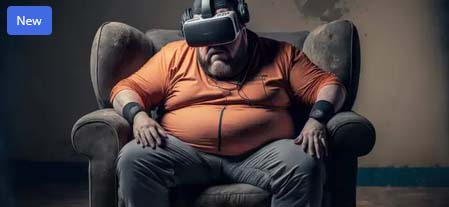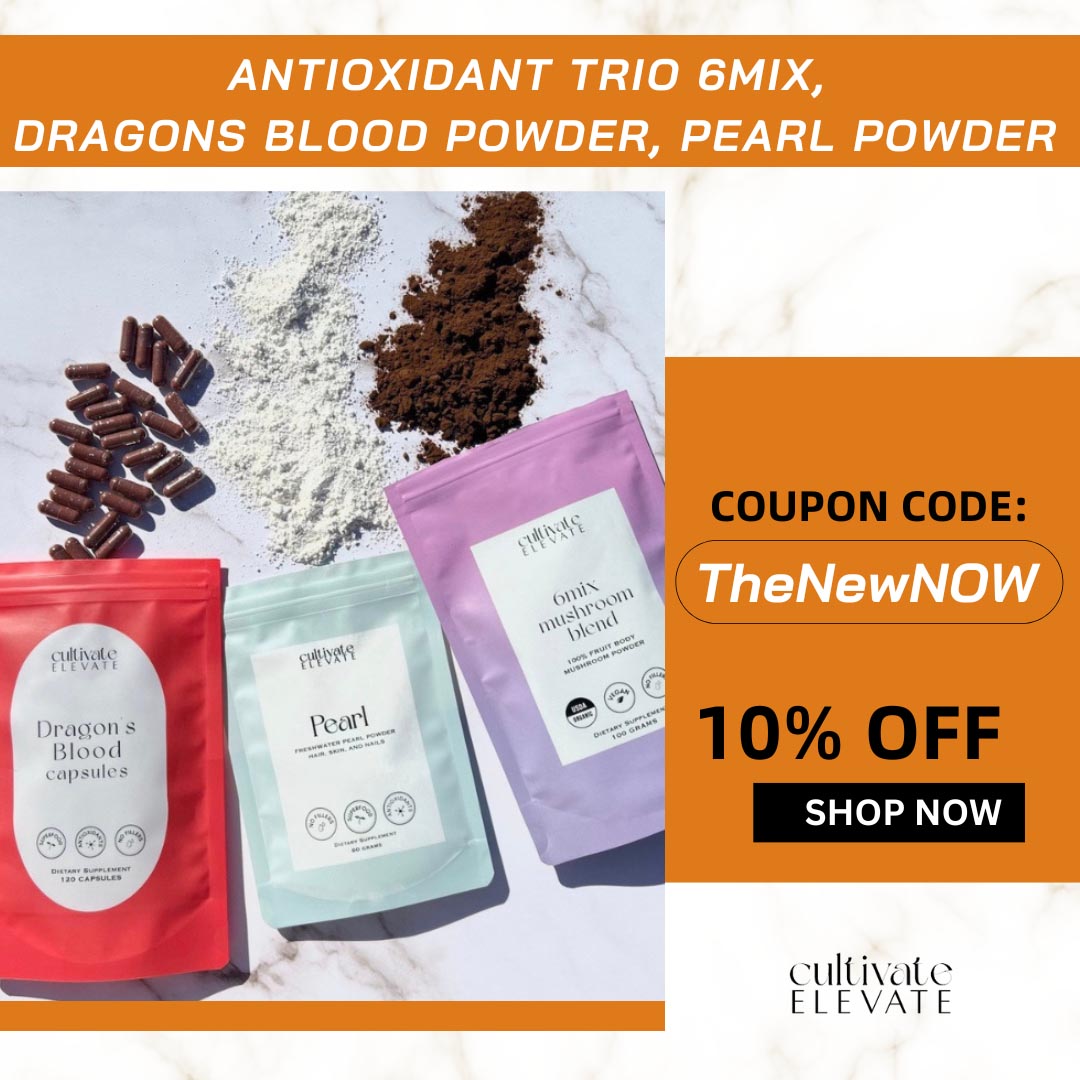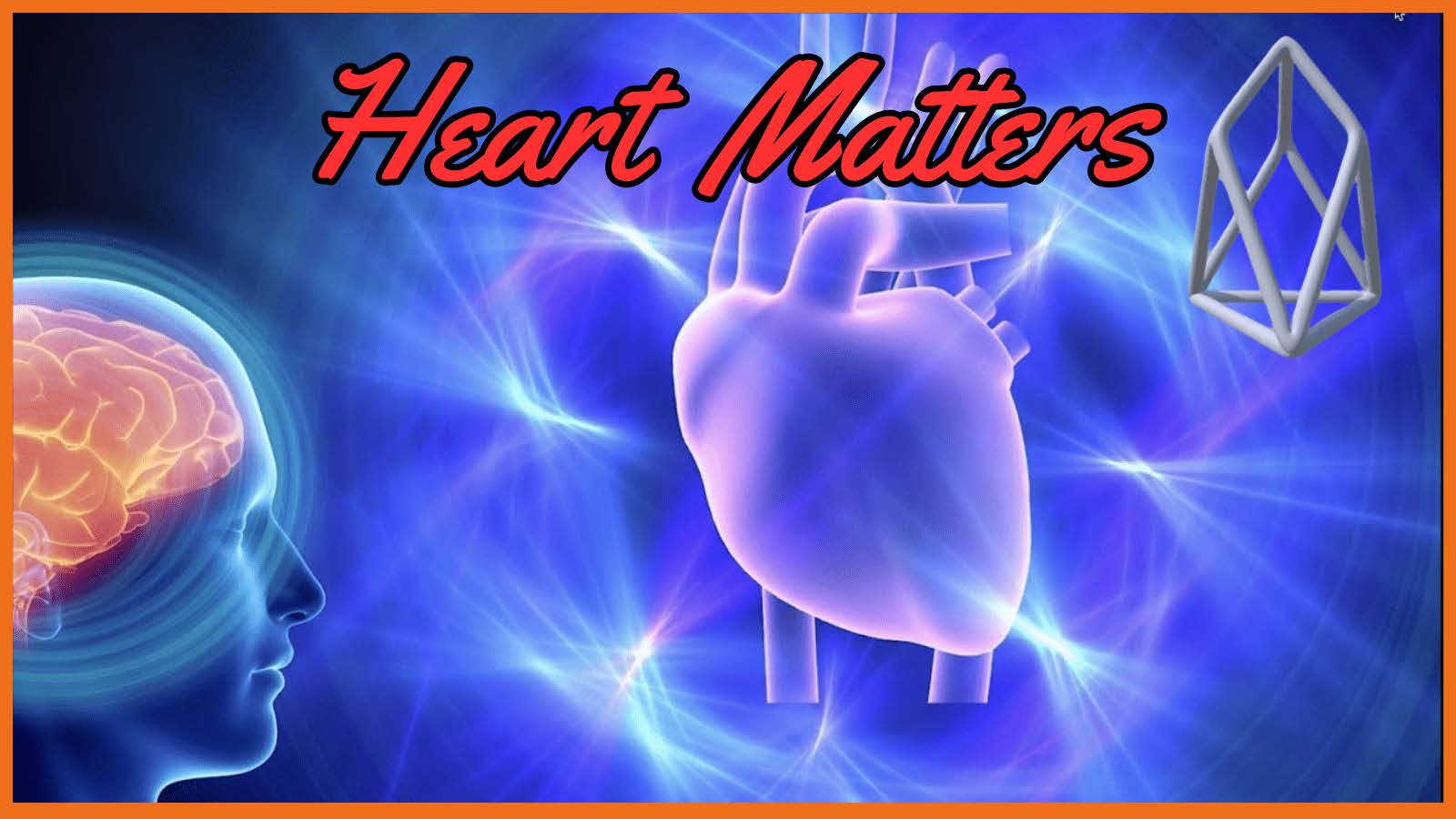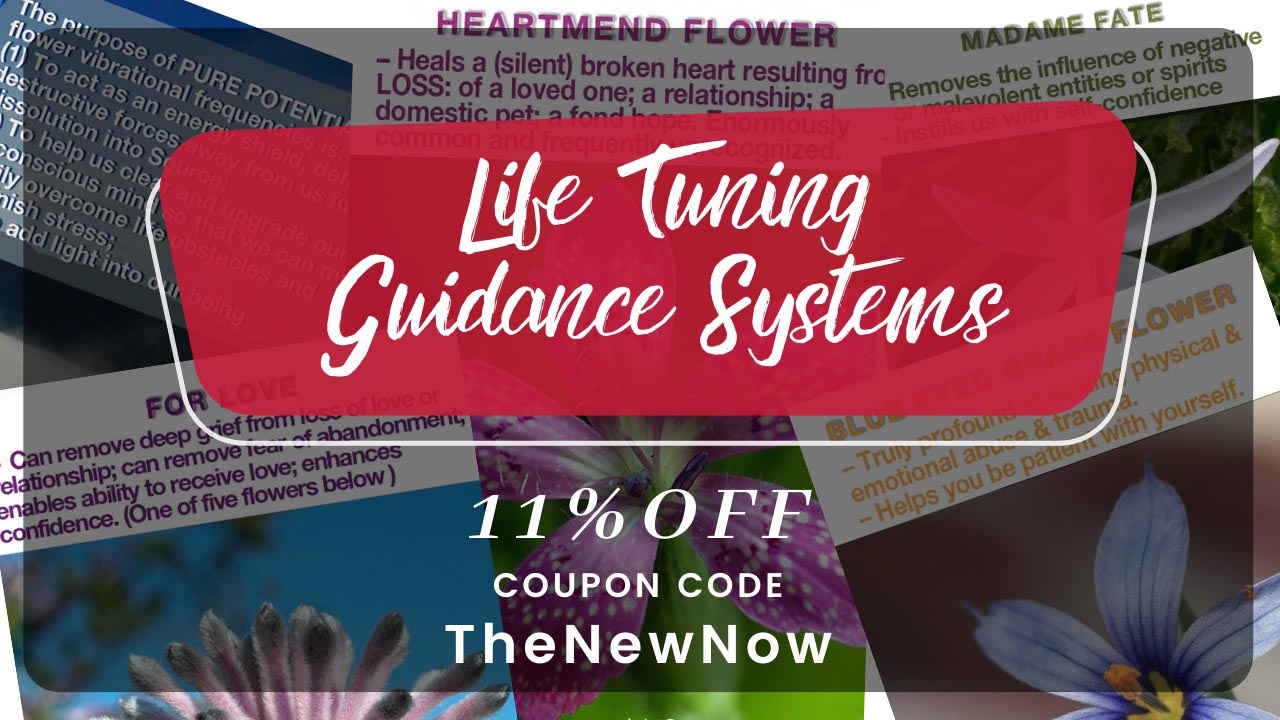Pursue Pain, Not Pleasure
– Why Comfort is Crippling You
The following is a transcript of this video.
In the 1st century AD, the Greek orator and philosopher Dio Chrysostom wrote:
“Luxury makes pains seem even harder, and dulls and weakens one’s pleasures. For the person who is always luxuriating and never touches pain will end up unable to endure any pain at all, and also not able to feel any pleasure, not even the most intense.”
Dio Chrysostom, Discourses
In the modern West we have access to pleasures, comforts, and entertainments which kings of old could not have dreamed of. But with all this luxury, many people are chronically stressed, anxious, depressed, or struggling with physical debilitations. In this video, we explore the intimate connection between pleasure and pain and examine why too many comforts and pleasures are contributing to modern man’s mental and physical malaise. In his book The Comfort Crisis, Michael Easter writes:
“We lack physical struggles…We have too many ways to numb out, like comfort food, cigarettes, alcohol, pills, smartphones, and TV…we don’t have to deal with discomforts like working for our food, moving hard and heavy each day, feeling deep hunger, and being exposed to the elements. But we do have to deal with the side effects of our comfort: long-term physical and mental health problems.”
Michael Easter, The Comfort Crisis
To understand just how comfortable and pleasurable our lives are, we can contrast modern life to the realities our hunter gatherer ancestors faced for much of human history. On a near daily basis, our ancestors walked miles to find water and forage food. They expended enormous amounts of energy bringing down large mammals, and regularly engaged in persistence hunting which involved tracking and chasing prey until the animal collapsed in exhaustion. Once they made a kill, they would cut the animal up and walk miles back to camp carrying massive pieces of raw meat. Or as Michael Easter wrote:
“Before we figured out animal husbandry and crop cultivation we were “essentially professional athletes whose livelihood required [us] to be physically active.” Our ancestors didn’t “work out,” because nearly all of their waking hours were spent doing things that today we would classify as exercise…Studies show it was not uncommon for these hunters to run and walk more than 25 miles in a day…The numbers suggest that our forefathers in just three-quarters of a day logged more activity than most of us now do in a week or two. And they basically stayed at this activity level until they died.”
Michael Easter, The Comfort Crisis
Along with intense physical activity, our ancestors endured mental stress without the comforting panaceas of technology, drugs, processed foods, alcohol, and entertaining distractions. They endured the elements of nature without modern housing, air conditioning, or central heating, and they dealt with sickness and infections without modern medicine. As their lives were difficult, often uncomfortable, and sometimes outright painful, our ancestors evolved an instinctual drive to take full advantage of the available comforts and pleasures. This drive was critical for their survival. Whenever possible they would rest and relax and through this comfort-seeking their minds and bodies would recover and find respite from the harsh realities of life. When rich food sources such as fatty meat, fruit, or honey were available, our ancestors would indulge to build up energy reserves, as they did not always know when their next meal would be.
“…our original comforts were negligible and short-lived, at best. In an uncomfortable world, consistently seeking a sliver of comfort helped us stay alive.”
Michael Easter, The Comfort Crisis
While we have inherited our ancestors’ drive for pleasure and comfort, this drive evolved in environments of scarcity, and now we live in comfortable environments of abundance.
“The modern comforts and conveniences that now most influence our daily experience—cars, computers, television, climate control, smartphones, ultraprocessed food, and more—have been used by our species for about 100 years or less. That’s around 0.03 percent of the time we’ve walked the earth…Constant comfort is a radically new thing for us humans.”
Michael Easter, The Comfort Crisis
While few would want to return to the harsh conditions of our ancestors, the modern world is presenting us with new challenges which stem from the fact that our drive for pleasure and comfort did not evolve an off-switch – it is practically insatiable. Living in environments of scarcity, our ancestors did not face the risk of overindulging themselves to a detrimental degree. But in our brave new world of abundance, overindulgence is a constant threat.
“We are cacti in the rain forest.”
Dr. Tom Finucane
One of the dangers arising from the clash between our insatiable drive for comfort and our world teeming with comfort, is what Michael Easter calls comfort creep. Or as he explains:
“When a new comfort is introduced, we adapt to it and our old comforts become unacceptable. Today’s comfort is tomorrow’s discomfort. This leads to a new level of what’s considered comfortable…What’s more, new comforts have moved the goalpost further away from what we consider an acceptable level of discomfort. Each advancement shrinks our comfort zones. The critical point…is that this all occurs unconsciously. We are terrible at noticing that comfort creep is consuming us, and what it’s doing to us.”
Comfort creep is most readily on display when it comes to physical comforts. As one example, due to the comforts of cars and delivery platforms which make it possible to obtain any product or service we want or need without leaving home, increasing numbers of people are living a life of near total physical inactivity. Or as Michael Easter notes: “27 percent of us don’t do any type of physical activity at all. Literally nothing—life as a sort of prolonged shuffle from bed to office chair to sofa to bed.” This physical comfort creep is a major cause of the growing epidemic of obesity and chronic physical ailments that arise from living an inactive life with a body which evolved to require high levels of activity to be healthy. “The human, simply put, was not designed to sit all day.”, explained researchers at the Mayo Clinic. Or as Easter writes:
“In our pursuit of better living we’ve allowed comfort to calcify our natural movements and strengths. Without conscious discomfort and purposeful exercise—a forceful push against comfort creep—we’ll only continue to become weaker and sicker.”
Dr. Tom Finucane
Along with the problem of comfort creep, modern pleasures are wreaking havoc on our mind and body, as pain follows pleasure, like its shadow. In Dopamine Nation, the American psychiatrist Anne Lembke writes that “one of the most remarkable neuroscientific findings in the past century is that…pleasure and pain are processed in overlapping brain regions and work via an opponent-process mechanism. Another way to say this is that pleasure and pain work like a balance.” Our brain is wired to maintain this pleasure-pain balance in a state of equilibrium, in which neither the experience of pleasure nor pain predominates for too long. Whenever there is a prolonged or excessive imbalance to the side of pleasure or the side of pain, self-regulating mechanisms in our brain seek to re-establish equilibrium by tipping the scales in the opposite direction. When we overindulge in pleasure, for example, our brain follows our experience of pleasure with pain – be it physical pain or mental and emotional anguish. Lembke explains that:
“I tend to imagine this self-regulating system as little gremlins hopping on the pain side of the balance to counteract the weight on the pleasure side. The gremlins represent the work of homeostasis: the tendency of any living system to maintain physiologic equilibrium.”
Anne Lembke, Dopamine Nation
Or as the philosopher Friedrich Nietzsche observed in an aphorism titled “The Goal of Science”:
“What? The ultimate goal of science is to create the most pleasure possible to man, and the least possible pain? But what if pleasure and pain should be so closely connected that he who wants the greatest possible amount of the one must also have the greatest possible amount of the other, that he who wants to experience the “heavenly high jubilation,” must also be ready to be “sorrowful unto death”?”
Nietzsche, The Gay Science
If we habitually indulge in the same pleasures we develop tolerance, and through a process called “neuroadaptation”, our brain becomes overly sensitized to pain. Not only do we require more of a substance or stimulus to feel the same amount of pleasure, but the pain we experience following pleasure becomes more severe, and longer lasting. If we are too intemperate, eventually we reach a point where overindulgence in unhealthy food, pornography, video games, alcohol, drugs, or social media have tipped the scales to the side of pleasure for so long, and to such an extreme degree, that our pleasure-pain balance settles on the side of pain. When this happens, our drug of choice no longer gives us pleasure, but we are still driven to consume it to obtain temporary relief from enduring pain. For example, in a process called opioid-induced hyperalgesia, individuals experiencing pain who use opioids daily for over a month are at risk of developing a more intense pain condition than the one they were originally treating.
“Why? Because exposure to opioids [causes] their brain to reset its pleasure-pain balance to the side of pain.”
Anne Lembke, Dopamine Nation
Or as Lembke explains regarding the effects of any pleasurable activity or substance we habitually overindulge in:
“The paradox is that hedonism, the pursuit of pleasure for its own sake, leads to anhedonia, which is the inability to enjoy pleasure of any kind…The relentless pursuit of pleasure (and avoidance of pain) leads to pain…When our balance is tilted to the pain side, we crave our drug just to feel normal (a level balance).”
Anne Lembke, Dopamine Nation
The good news is that we can reverse the enduring pain that arises from overindulgence through abstinence. Lembke notes that in her clinical experience 4 weeks of abstaining from our drugs of choice is sufficient, and that following such abstinence we regain the capacity to enjoy the simple pleasures of life which do not tip the scales so far towards pleasure that they create an aftershock of pain.
“Recovery begins with abstinence. Abstinence resets the brain’s reward pathway and with it our capacity to take joy in simpler pleasures.”
Anne Lembke, Dopamine Nation
To help us in our quest for abstinence, we can utilize what Lembke calls techniques of self-binding, which involve “intentionally and willingly [creating] barriers between ourselves and our drug of choice in order to mitigate compulsive overconsumption.” (Anne Lembke, Dopamine Nation) Homer’s Odyssey provides a mythological example of self-binding. In the realization that no man could resist the seductive sounds of the Sirens, who lure men to death, Odysseus ordered his crew to put beeswax in their ears and to tie himself to the mast of his ship. Odysseus understood that when a compulsion for pleasure overtakes us, we can lose the capacity for voluntary choice. And so, if we are struggling with consuming alcohol, drugs, or sugary foods, it is best not to keep any around and, if possible, create obstacles that make it harder for us to purchase them. With respect to digital drugs, we can restrict our consumption by setting a timer and only allowing ourselves to indulge for a certain amount of time each day, or certain days of the week. This latter method of self-binding was recommended by Nietzsche as one of the most effective ways to stop compulsively overconsuming a pleasure. In his aphorism titled “Self-mastery and Moderation”, Nietzsche wrote:
“…one can avoid opportunities for gratification of the drive [for pleasure], and through long and ever longer periods of non-gratification weaken it and make it wither away. Then, one can impose upon oneself strict regularity in its gratification: by thus imposing a rule upon the drive itself and enclosing its ebb and flow within firm time-boundaries, one has then gained intervals during which one is no longer troubled by it…”
Nietzsche, The Dawn of Day
Once we have managed to cease overindulging in pleasure, to further improve our life we can voluntarily seek out pain. For just as the pursuit of too much pleasure ends in pain, partaking in healthy activities that involve temporary pain tips our pleasure-pain balance toward a more enduring experience of pleasure. Or as Lembke explains:
“Pain leads to pleasure by triggering the body’s own regulating homeostatic mechanisms…. With intermittent exposure to pain, our natural hedonic set point gets weighted to the side of pleasure, such that we become less vulnerable to pain and more able to feel pleasure over time. “
Anne Lembke, Dopamine Nation
An obvious example of a healthy activity that exposes us to pain is physical exercise. Studies have shown that the positive mood that flows from the temporary pain of physical exercise even reduces cravings for unhealthy pleasures. Lembke notes that “high levels of physical activity in junior high, high school, and early adulthood predict lower levels of drug use. Exercise has also been shown to help those already addicted to stop or cut back.” Lembke references studies which show that cold water immersion triggers the release of neurotransmitters which improve our mood for hours after. Setting lofty goals and struggling each day to achieve them, or seeking out hard problems that involve mental, emotional, or physical stress, can also temporarily tip the scales towards pain in a way that makes us happier, healthier, and more capable of feeling pleasure.
“…the self-controlled lover of pain…lives a life that is far more pleasurable than his opposite…one’s pleasures are both greater and less harmful whenever they occur with pain.”
Dio Chrysostom, Discourses
The 4th century BC philosopher Diogenes the Cynic was such a firm believer that intentionally seeking pain was the key to a good life, that he spent his days looking for ways to make himself uncomfortable. He rolled over hot sand in the heat of the summer, and in the winter walked barefoot in the snow and embraced statues covered in ice. He slept in a clay storage jar, which was referred to as his “tub”, and he sought out emotional and psychological pain by intentionally evoking the ridicule of others. He lived frugally, consuming the simplest of foods and he sometimes went for extended periods of time without eating – a practice today we call intermittent fasting. Diogenes is recorded to have said that “Despising pleasure is the greatest of pleasures.”, and he claimed that by voluntarily seeking out discomfort he was able to enjoy his tub far more than the Persian ruler Xerxes enjoyed his palace. Many throughout history have labeled Diogenes a mad man, but given we now know about the intimate connection between pleasure and pain, Diogenes was a man far ahead of his times.
“It is not that I am mad, it is only that my head is different from yours.”
Diogenes the Cynic, Sayings and Anecdotes
In our world of abundance, in which an unbridled pursuit of pleasure and comfort is crippling minds, weakening bodies, and making increasing numbers of people highly susceptible to pain, we would be wise to follow the example of Diogenes and intentionally make our lives a little more difficult, a little more uncomfortable, a little more painful, so that paradoxically, we maximize our strength, pleasure, and joy. As Nietzsche put it, what we need is “a bit of Cynicism, a little bit of the tub”. Or as the philosopher William Desmond wrote:
True pleasure, the Cynics often contend, can only be had by scorning it and by welcoming its opposite, pain. There will always be pain, and so rather than escape it…one should grasp the serpent by the neck (Stob. 3.1.98), put out the fire with one’s tongue, rush into the fray fearlessly, and fearlessly stare down the barking dog (D. Chr. 8.17–19): that is, one should welcome pains as inevitable, love them…preparing one for the pleasures of the satisfaction that will come. Ponos, as both “pain” and “labour”, becomes the Cynics’ means for maximizing his pleasure. More paradoxically, pain is the cause of pleasure, and the Cynics are a strange breed of ascetic hedonists, or hedonistic ascetics. Or, rather, theirs is the hedonism of nature itself.
William Desmond, Cynics
© 2024 Academy of Ideas



 academyofideas.com
academyofideas.com















